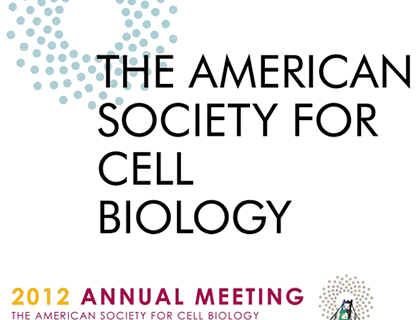
Part II – Innovative Products Featured at the ASCB Conference
As I mentioned in my previous blog “Innovative Products Featured at the ASCB Conference – Part I,” I had the pleasure of attending the Annual Meeting of the American Society for Cell Biology (ASCB) in San Francisco last month. I was fortunate to learn about several interesting products that I wanted to share with readers. In Part I, I covered five products and am covering four additional products in this blog. I hope to follow up these brief descriptions with guest blogs to describe some of the products in more detail in the coming months.
Millipore’s Snap i.d 2.0 Protein Detection System
I was able to attend a talk on Millipore’s second-generation SNAP i.d. system that provides Western blots in a short amount of time using vacuum driven technology instead of diffusion. For readers who need to reduce the amount of time they spend doing Westerns or need to increase the number of Westerns they can finish in a given amount of time, this product might meet your needs. The system reduces the amount of time needed for blocking, washing and antibody incubation from around four hours to 30 minutes. One of the challenges to the system is that it requires 3-5x antibody concentration, however the system has an antibody collection tray to collect the antibody so it can be reused. In addition if only a small amount of antibody is available then the system can still be used, it just needs to incubate for a longer period of time. This is the second-generation SNAP system and the changes are an improved blot holder and improved frame design.
Molecular Devices’ Predictive Assays for High Throughput Assessment of Cardiac Toxicity and Drug Safety
In a previous blog titled “How Stem Cells Can Play a Major Role in Developing New Therapeutics,” we discussed an article in Bloomberg Businessweek that described how GlaxoSmithKline is currently using iPSC derived heart cells to test various compounds for cardiovascular safety. In the article, Jason Gardner, Head of Glaxo’s early stage regenerative medicine research, stated, “about half of all experimental drugs fail for safety reasons, and half of those failures are due to toxic effects on the heart. Finding that risk even before animal testing could potentially save drug makers millions of dollars in clinical trial costs and better protect patients.”
So when I saw that Molecular Devices was giving a talk on their cardiac toxicity assay system, I was very interested. Molecular Devices has developed an assay system that uses stem cell derived cardiomyocytes that, once they form a confluent layer and reach maturity, begin to contract. Molecular Devices then uses kinetic fluorescence imaging to look for changes in intracellular calcium ion (Ca2+) levels using their FLIPR Tetra system and Ca2+ Flux Assay. Their system allows cardiomyocyte contractions to be evaluated with respect to beat rate, peak width, and pattern irregularities. This provides a more in-depth look at the way a drug impacts heart function and can provide insights into the mechanism of action.
Panasonic’s Twin Guard Ultra Low Freezers
At the conference, I also learned about Panasonic’s Twin Guard Ultra Low Freezers, which seem to have all the bells and whistles one might look for in a freezer. What I found interesting was that the Twin Guard freezer employs two compressors rather than the traditional single compressor. The two compressors work together normally, but if one fails, the other is able to maintain ultra-low temperatures for a long period of time. In addition, the freezer features an “EcoMode” setting to cycle the functioning of the two compressors in a way that can reduce energy consumption by up to 15%.
Innova Bioscience’s Lightning Link Antibody Labeling Kit
Innova Biosciences has developed the Lightning Link antibody labeling kit to enable fast direct labeling of proteins, peptides or other biomolecules. Antibodies can be covalently labeled in less than 20 minutes with only 30 seconds of hands on time. The kit is a one step procedure where the scientist pipettes the biomolecule into a vial of lyophilized mixture containing the label of interest and incubates. There are currently over 50 kits available.